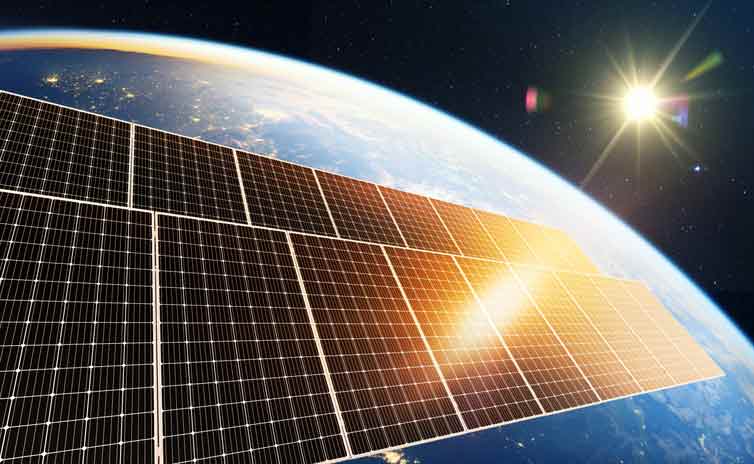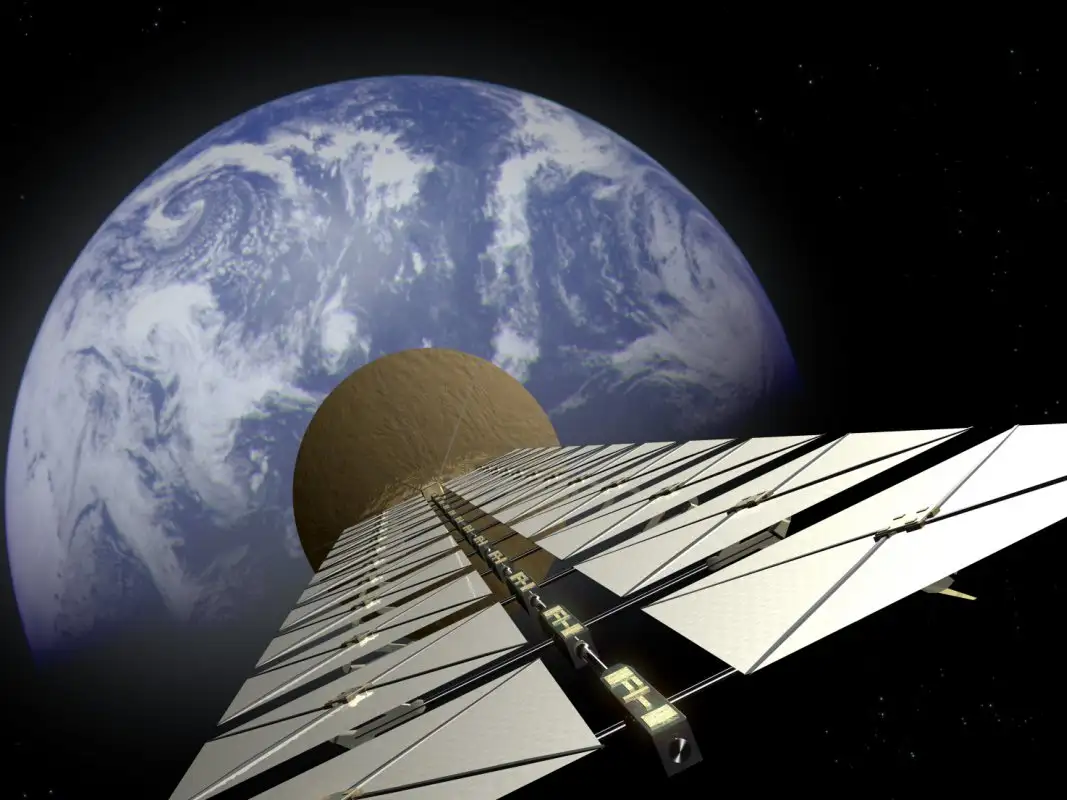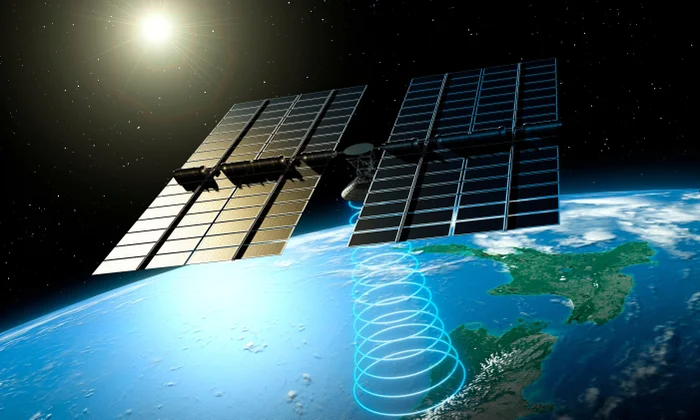From powering satellites orbiting Earth to fueling spacecraft headed for the far reaches of the galaxy, solar panels have become the unsung heroes of space exploration. Their ability to convert sunlight into electricity plays a critical role in enabling long-term space missions and reducing dependency on fuel-based energy sources.
From powering satellites orbiting Earth to fueling spacecraft headed for the far reaches of the galaxy, solar panels have become the unsung heroes of space exploration. Their ability to convert sunlight into electricity plays a critical role in enabling long-term space missions and reducing dependency on fuel-based energy sources.


Solar panels operate by converting sunlight into electrical energy through photovoltaic (PV) cells. In space, where there is no atmosphere to scatter sunlight, solar panels can work more efficiently than on Earth. This makes them an ideal and sustainable power source for missions that last months or even years.
Almost all satellites—whether they’re for GPS, communication, or climate monitoring—rely on solar panels. These panels ensure the satellite remains powered even while orbiting in the dark side of Earth, storing energy in batteries for continuous operation.
Historic missions like NASA's Juno spacecraft or Mars rovers like Opportunity and Spirit were powered almost entirely by solar energy. Lightweight and efficient, solar panels allow rovers to explore planetary surfaces without carrying bulky fuel systems.
The ISS is equipped with eight solar arrays, generating about 120 kilowatts of power—enough to supply more than 40 average homes. These panels help support all onboard systems, from life support to research labs.
✅ Clean & Renewable – Solar energy is abundant in space and doesn’t produce harmful emissions.
✅ Low Maintenance – With no moving parts, panels require minimal maintenance, which is crucial in space.
✅ Lightweight Design—Essential for spacecraft where every gram counts.
✅ Long-Term Power – Capable of powering missions for decades.
To overcome limitations like dust accumulation (especially on Mars) and limited sunlight during long-distance missions, engineers are now developing:

Interestingly, many of the advancements in space-grade solar panels have trickled down to benefit solar energy usage on Earth — making them more durable, efficient, and adaptable to different environments.